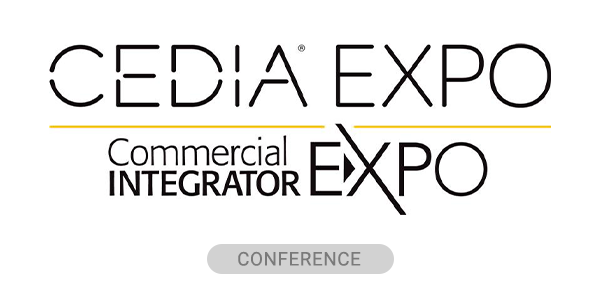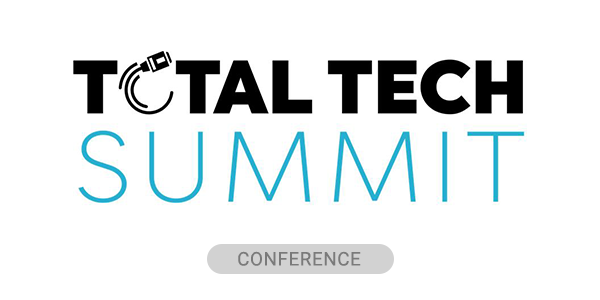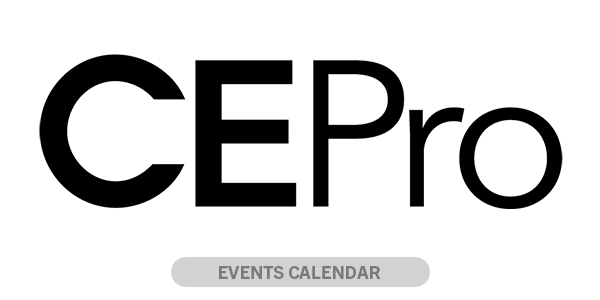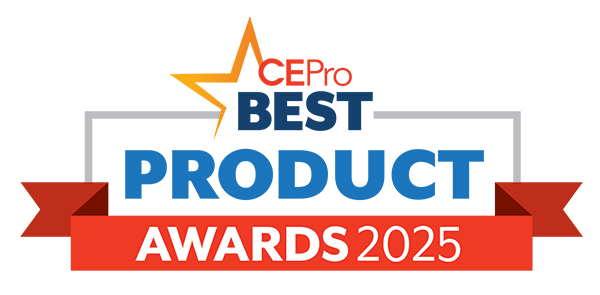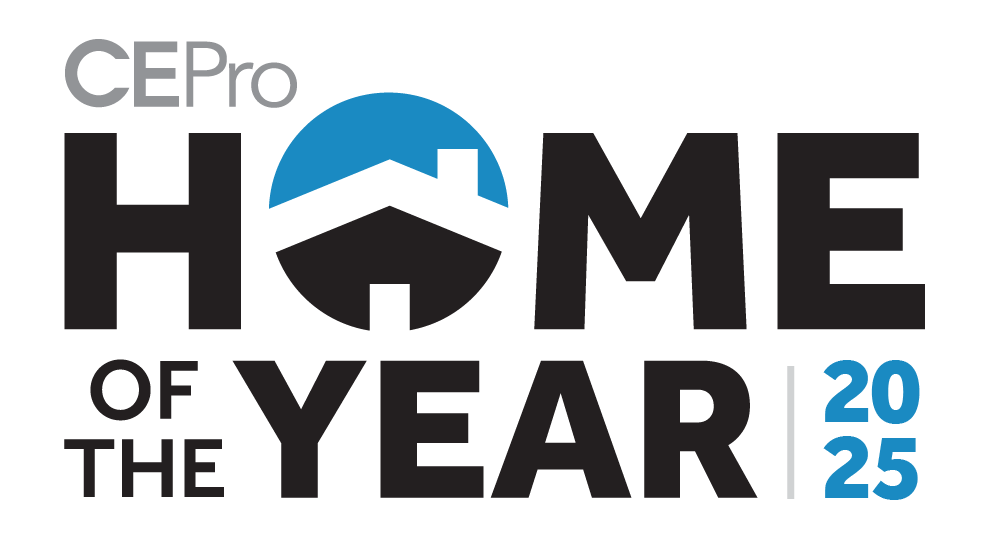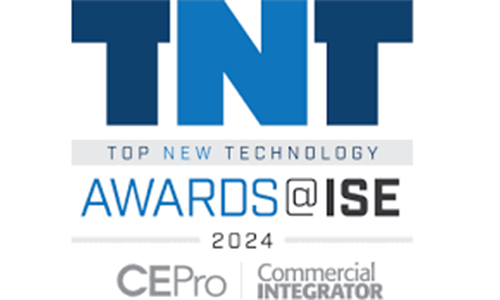In the past articles, we learned about the benefits of open technologies, training and certification possibilities, as well as security aspects in home and building control. Still missing however: How is an open technology put into practice?
Recap on open technologies from the integrator’s point of view
Before, we answer this question, lets quickly recap the meaning of “open technology”. In short, an open technology needs to meet the following requirements:
- It must be available to everyone
- The work and development must not depend on only one brand
- It has to be able to talk to other technologies and vice versa
- The usage of the devices does not require the payment of any royalties
When you are not sure, if the technology you are looking at does meet all requirements, simply check out, if the technology has been approved as a local or international standard, such as “ISO/IEC”. With this approval, you can be sure that the technology, which you are using is definitely an open technology.

Having this in mind, the question of “How is an open technology put into practice?” is not so easy to answer. The technology is available to everybody, therefore we have heaps of manufacturers in the market and the market must be full of devices. And worst: For each product you need to learn another commissioning tool or programming language, if you like to put your “dream project” with devices from various manufacturers into practice. And we see that with only one paragraph, all the advantages of open technologies can be destroyed, right?

Wrong! As everybody would agree, the biggest and best example of a successful open technology is Google’s Android®. Available for everybody and with a market share of 66.87%, we have proof that open technologies can be successful. So what do open technologies for handhelds and open technologies for home and building control in common? Every successful open technology has a body, which takes care that the usage is done in the right manner. In the case of Android®, Google takes care that its apps are certified and available on the play store. In the case of home and building control, KNX Association uses various mechanisms to ensure the high quality standards of devices with easy simplicity of commissioning for the “ISO/IEC 14543” Standard.

Certification makes life easy
In order to make the many advantages of an open technology available to the market, KNX Association has put a certification scheme into practice, which does not only ensure a high product quality, but also a guaranteed compatibility of all devices. This is made sure by conformity tests and final certification, made sure by the KNX logo on the devices.
In short: Thanks to the openness, the control body by KNX Association and the certification scheme of all products, the integrator can choose his favourites out of a pool of more than 7.000 products.
But the main advantage of the certification scheme is also the main advantage of the technology: All certified devices can be commissioned with one tool – The Engineering Tool Software (ETS®).

Putting the open technology into practice
If it is supposed to be fast and easy, certified devices can be put into practice by pushing buttons, using a controller or linking them with an App for mobiles or tables. This configuration mode is called “Easy-Mode”. However, for installations with higher requirements, the full potential of all devices has to be unfold via the “System-Mode”. And this is where the beauty of open technologies and the certification by KNX Association show their true potential.
The certification of devices by KNX Association does not only make sure that highest quality standards are met and that all certified devices work seamlessly in an installation. Best of all is that all devices can be configured by only one tool, the ETS®. The system integrator does not have to get familiar with a commissioning from each manufacturer in an installation. Also, as the ETS® works with simple drag&drop functions, no complicated programming language has to be learned.
In a nutshell: In order to do the designing of the project, the configuration of devices and further diagnostics, the Engineering Tool Software ETS® is the ideal tool, as it is manufacturer, device and application independent – integrator can combine products of different manufacturers and applications in one installation.
Further than that, you can also assure yourself of the simplicity of the tool and also get a first insight in ETS by the “ETS eCampus” – A free online training available here.

Conclusion: Open technologies for home and building control are also the most convenient ones
Open technologies help you to avoid limiting yourself to only one technology or solution, having only a limited amount of devices available and, most importantly, having to learn complicated commissioning tools. KNX assures that all features, which are necessary in order for you to use an open technology with all its benefits, can be put into practise very easily.
Therefore, next time when you are looking for a suitable technology for you, always have a closer look at open technologies, especially, when the solutions and devices are certified by KNX Association.
For more information about the Engineering Tool Software, have a look here.
